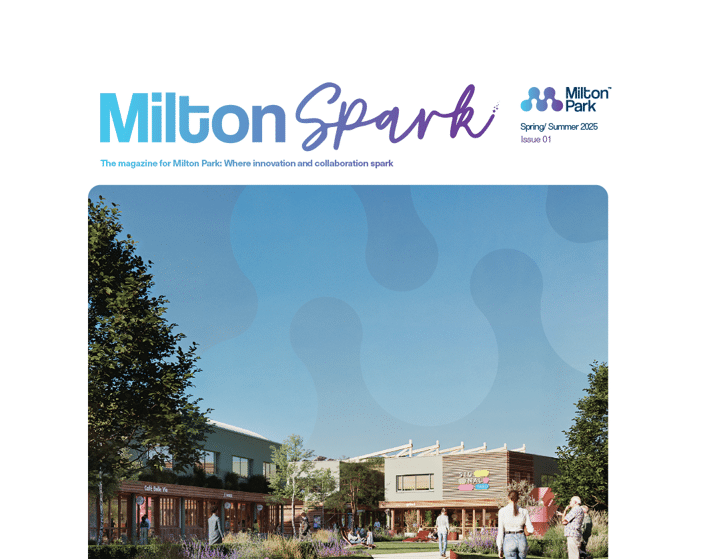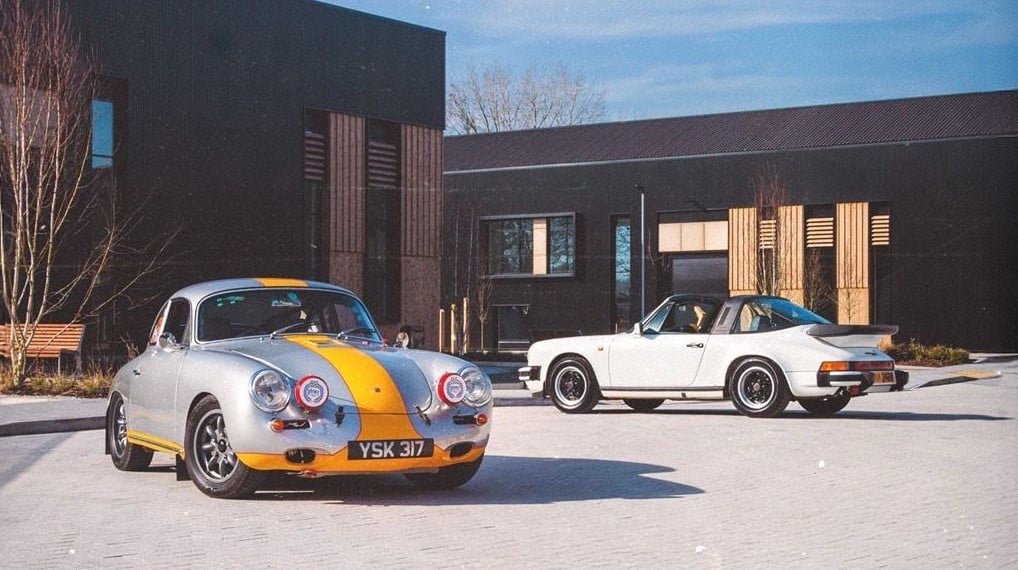Helping to save the bee at Milton Park
Published on 20 May 2021

To raise awareness of the importance of bees the United Nations has designated 20 May as World Bee Day.
The goal is to strengthen measures aimed at protecting bees and other pollinators. Nearly 90% of the world’s wild flowering plant species and 75% of the world’s food crops rely in part on pollination by animals such as bees, butterflies, bats and hummingbirds.
Here at Milton Park, we have introduced measures to help attract pollinators to the Park. We have a wildflower meadow which is in its second year and we recently added 15,285 sq ft (1,420 sq m) of more wildflower meadows throughout the Park, mainly on the new cycleway to create bio-diversity corridors.
In September 2020 we planted 15,000 bulbs with different flowering times to ensure that there is food for the bees at the hardest time of year as winter turns to spring. We have limited pruning regimes to ensure that shrubs and flowers can carry out their flowering cycle meaning there is plenty of food on the Park for pollinators to enjoy throughout the year.
There are currently two colonies of honey bee managed by Nurture Landscapes who provide trained beekeepers to keep the bees healthy. Both colonies are thriving. Last year 40 jars of honey were made from the onsite bees showing that they are indeed loving life here at Milton Park.
We will add another two bee colonies in June 2021 with plans for a further two in 2022. The additional wildflower planting and bulb mix will allow us to add colonies because we know there will be sufficient food in the local environment to thrive.
Did you know that the bee is Milton Park’s spirit animal as a worker which thrives as part of a community and is important to the environment?
Milton Park’s newest development is called the Bee House in honour of our spirit animal and the discovery of the what3words square outside 140 Eastern Avenue being ///feasted.cloud.honeybees meaning that, along with our vision for the project, the Bee House is a great name for our new building and runs through the whole project. The new building will be a hive of activity inside and buzzing outside, with a variety of different flowering plants and trees to attract new insect residents too.




